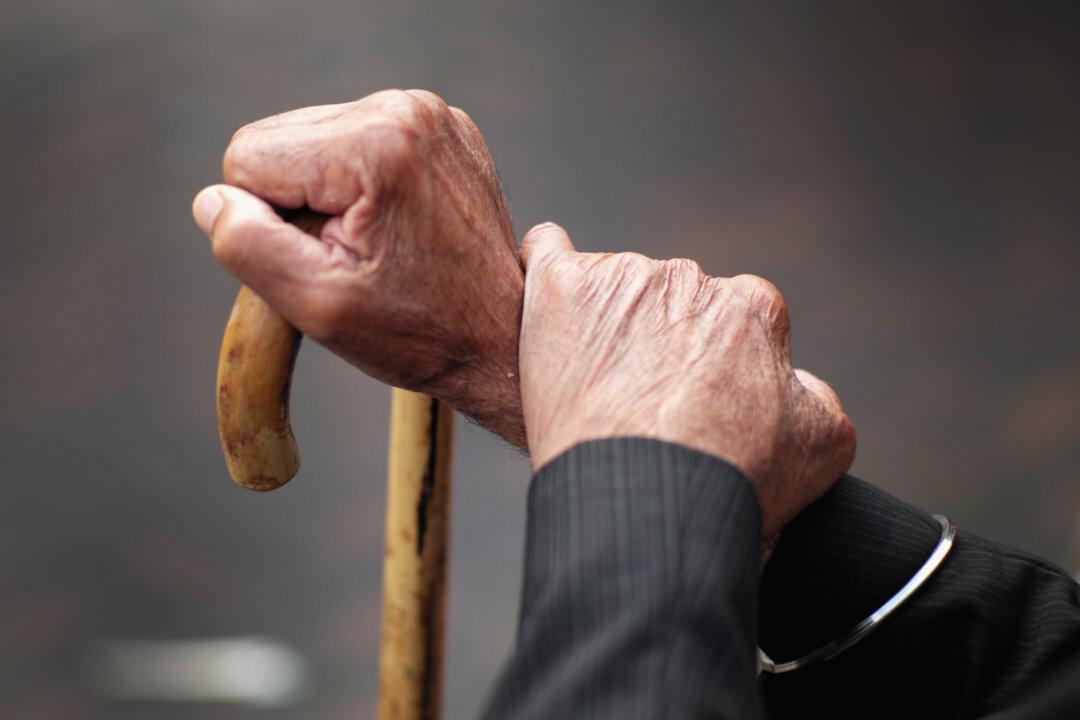The U.S. government is not prepared to meet the housing and care needs of its aging boomer population, according to a Harvard report.
The United States is facing an impending crisis in providing housing and care for its booming older adult population, with a dire need for increased taxpayer assistance, according to the latest findings from the Housing America’s Older Adults 2023 report.





